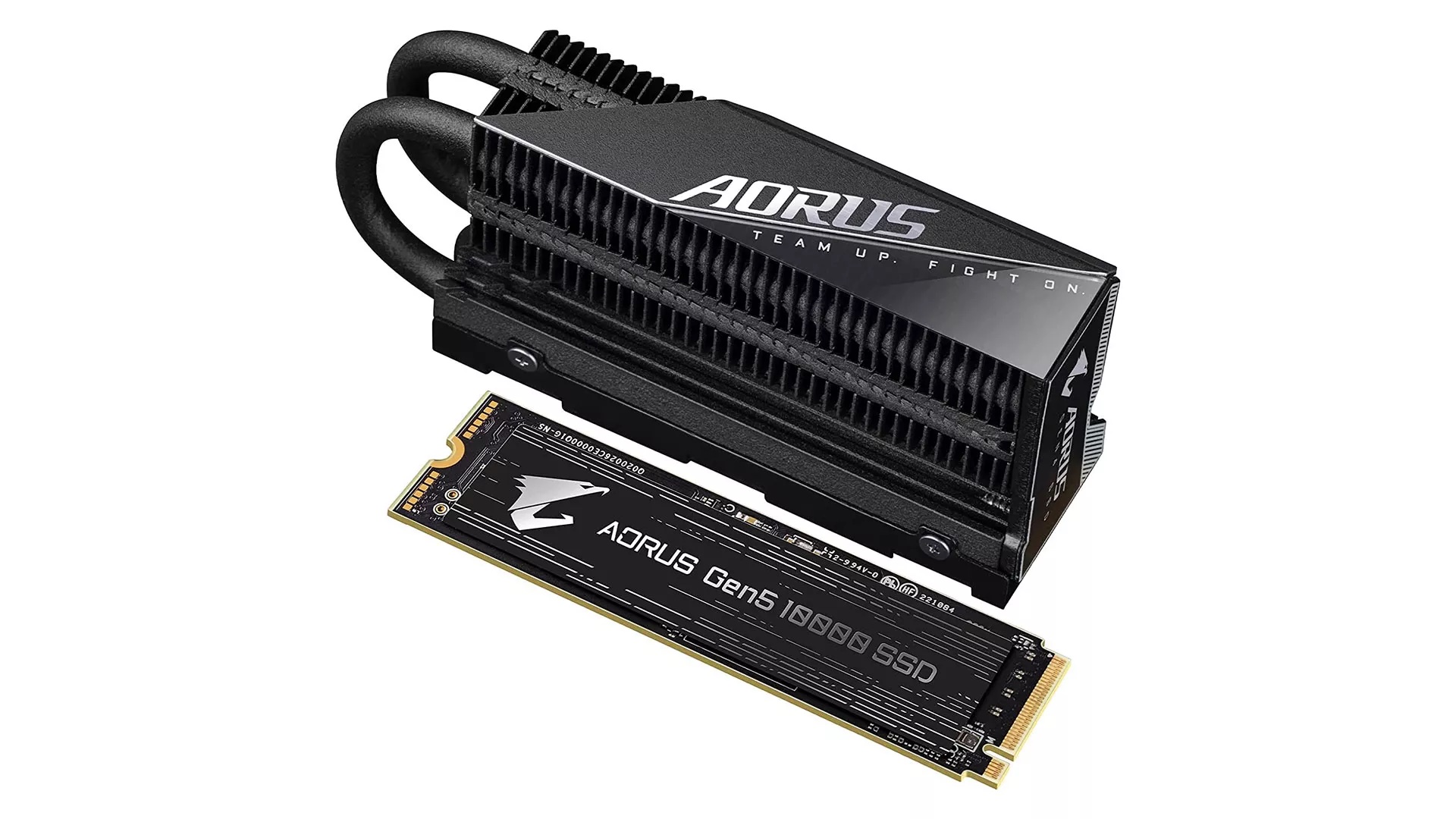The next-generation interface standard for connecting items such as SSDs to motherboards is already here – PCIe 5.0 – but it’s only now that compatible SSDs are starting to show up.
Version 5.0 promises to be twice as fast as 5.0, helping to unlock the full potential of the higher speeds typical of SSDs compared with HDDs.
While the technology is already in place, many SSDs, especially in lower-end models, continue to use the older PCIe 3.0 connection in an effort to keep consumer costs down, which indicates that upcoming PCIe 5.0 SSDs will be reserved for customers with some serious money.
PCIe 5.0 SSD
The first model that complies with the new standard looks to be the Gigabyte Aorus Gen5 10000.
According to Gigabyte’s website (opens in new tab), it’s available in 1TB and 2TB formats capable of 9,500 MB/s and 10,000 MB/s sequential read speeds, and 8,500 MB/s and 9,500 MB/s sequential write speeds, respectively, making the 2TB the highest performer of the two. This makes it 37% faster than a typical PCIe 4.0 SSD.
To achieve these impressive figures, the SSDs will be subject to a massive heatsink – heat poses the risk of data loss and even Gigabyte admits this on its product page.
The Aorus Gen5 10000 is available with an optional passive thermal guard with a special nanocarbon coating, but this will be both costly and bulky, which could present compatibility issues even if a motherboard can support the physical PCIe 5.0 connection.
On that cost, it looks to be sold out online, though Tom’s Hardware (opens in new tab) spotted the 2TB version for sale on Amazon (opens in new tab) for $679.89.
A second PCIe 5.0 SSD has been spotted – a Microcenter own-brand – which is also a fair chunk cheaper. The Inland TD510 is a 2TB model that makes do with active cooling and costs $349.99.
While the latest and greatest currently demand high sums of money, paying close attention to the technology is vital because in several years’ time, it’s likely that it will infiltrate into even the most humble consumer units.





